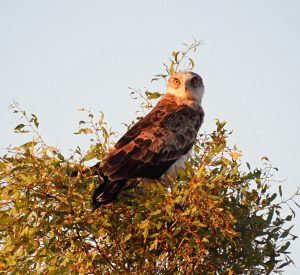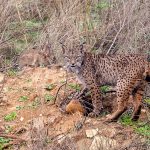Given their relevance and that they are my favourite group of birds, I have decided to include here all the birds of prey of Extremadura. Regardless of the ecosystems in which they live, I have classified them into diurnal and nocturnal.
To be able to observe a single threatened bird of prey is well worth a field trip and in Extremadura, fortunately, this happens very often.

The birds of prey in Extremadura are probably the best known group of birds, and the one that attracts most bird lovers. There are different groups, all of them predators or scavengers and they feed from small invertebrates to large mammals.
Types of birds of prey
On one side we have the scavengers which are the 4 species of vultures. On the other hand the eagles, 6 species of eagles ranging from the great golden eagle to the small booted eagle. We also have 2 species of kites, 4 species of harriers, the buzzard, the goshawk, the sparrowhawk and several falconids.

Less well known but no less exciting is the world of nocturnal raptors, all of them predators. In Extremadura we have seven species ranging from the eurasian eagle owl to the tiny scops owl.
To a greater or lesser extent, all the birds of prey in Extremadura are threatened. Loss of habitat, shortage of prey, poisoning of prey by the use of pesticides, illegal hunting, human disturbance and a long etc.

The use of rodenticides is one of the main threats, as we are not aware that the best rodenticide are the raptors themselves. 80% of birds of prey feed more or less on rodents. However, the poison used in modern agricultural practices accumulates along the food chain. As the last link in the chain, raptors accumulate higher levels of poison until it becomes lethal.
There is reason for hope, however, as there are several species whose populations have increased in recent years and none are currently critically endangered.





